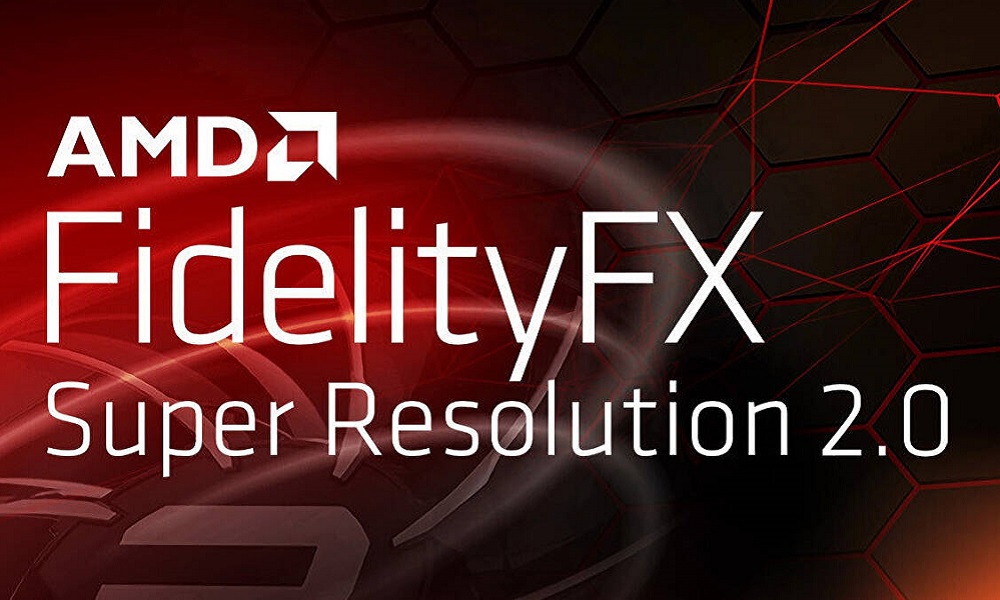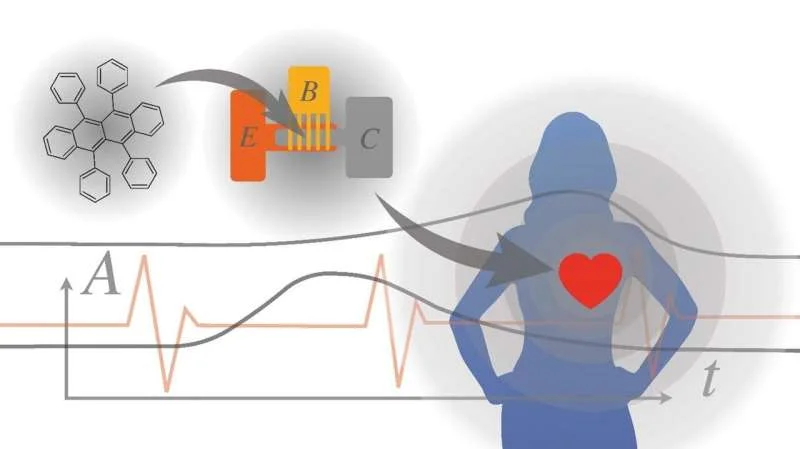AMD’s FSR 2.0 technology was introduced recently, but it seems that Sunnyvale is already working on FSR 3.0 and could mean a significant technological leap. As many of our readers know, the second generation of DLSS and FSR 2.0 differs in that the former uses artificial intelligence and is accelerated through tensor cores that are part of the GeForce RTX 20 and RTX 30 graphics cards, while the latter does not use artificial intelligence or rely on dedicated hardware.
That could change with the advent of FSR 3.0 and the Radeon RX 7000, a new generation of graphics cards that will debut later this year and will be ready to work at the hardware level with an interesting leak. Wave Matrix Multiply-Accumulate instructions. These instructions work with arrays of tables containing numbers and allow you to speed up the work required to use artificial intelligence and deep learning algorithms to multiply large sets of numbers.
While it’s interesting, the truth is that it’s nothing new, because AMD’s CDNA architecture already offered support for Matrix-Fused-Multiply-Add, which were accelerated in Matrix Core Engines. It is clear that for optimal work with these new instructions, the Radeon RX 7000 should have specialized hardwareand therefore FSR 3.0 would end up as exclusive to this graphic generationalthough I still do not know what implementation AMD would do in this regard and the truth is that it is a very interesting topic.

AMD FSR 3.0 and artificial intelligence: challenges at the hardware level
And also software. I do not want to run into complicated issues, because the keys behind this report are important in the end. If FSR 3.0 uses specialized instructions for AI, its quality and thus performance should be significantly improved. This is important because would put it directly in the same league as DLSS from NVIDIA and XeSS from Intelbut at the same time it raises many unresolved issues.
Above all, what we already assumed is that AMD would have to integrate specialized hardware into the Radeon RX 7000 to work with the new load that FSR 3.0 supported by artificial intelligence would place. It may seem easy, but it requires very valuable space at the level of siliconand involves the addition of a new component that consumes resources and generates heat. AMD already has quite limited silicon-level space in its Radeon RX 6000s because they use the L3 cache as an “infinite cache,” but I think switching to a 5nm node and using the MCM design will work around that.
Personally, I believe that it is likely that AMD will maintain the approach used in CDNA-based graphics solutions and that the Radeon RX 7000 will be equipped one Matrix Core Engine (this may not be its final name) for each computing unitwhich will specialize in AI.
If all this is confirmed, FSR 3.0 will be an important turning point, but also dmake Radeon RX 6000 “obsolete” and earlier models that will be limited to FSR 2.0 technology. To all this we must add another important question, and that is that if FSR 3.0 ends up requiring specialized hardware may become a closed standardas well as DLSS from NVIDIA.









:quality(85)//cloudfront-us-east-1.images.arcpublishing.com/infobae/YM23GQQOXJBSFIN4OQYL67G7V4.webp)




